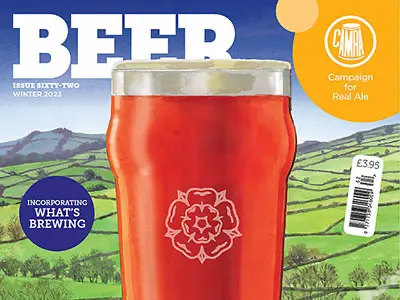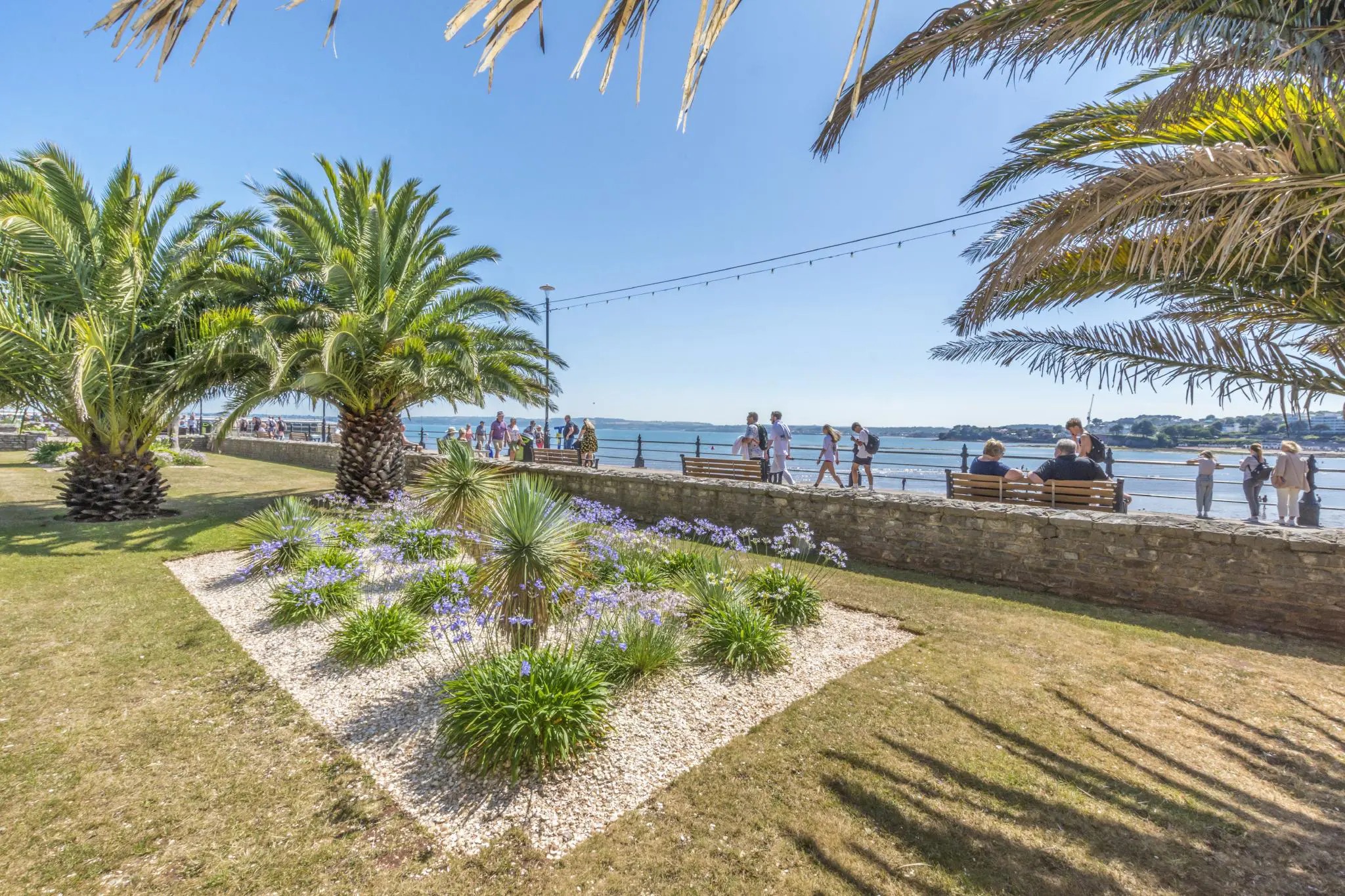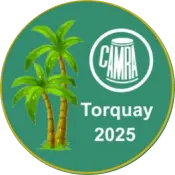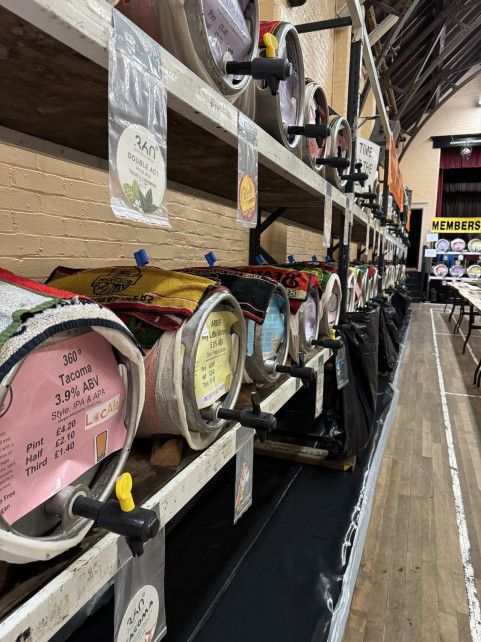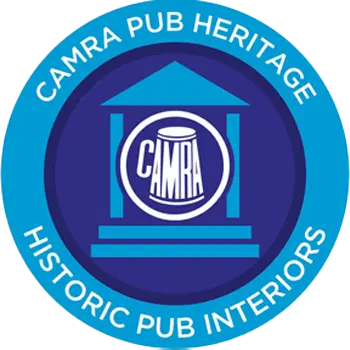Quite simply this is the most spectacular pub in England - indeed, throughout the whole of the UK and it is only matched by the Crown in Belfast. Situated halfway between Liverpool’s Anglican cathedral and Metropolitan catholic cathedral, this is a ‘cathedral’ among pubs. It was rebuilt in 1898-1900 to designs by Walter Thomas for Liverpool brewer, Robert Cain. Thomas and Cains went on to build the other prodigy pub of central Liverpool, the Vines. Craftsmen and artists from the then University Department of Architecture & Applied Art worked on it under the superintendence of G. Hall Neale and Arthur Stratton.
The exterior is a freely-treated Tudor style designed to resemble a Scottish castle with all sorts of odd details including stepped gables; turrets; balustraded parapet, oriel windows and a stone sculpture of musicians and musical instruments in low relief and a marble façade. One of the most stunning features are the entrance gates to Hope Street; they are an amazing display of Art Nouveau wrought iron and copper gates by H. Bloomfield Bare which carry the motto and arms of the original Robert Cain brewery. The interior, which is what everyone comes to experience, has an unusual, complex plan.
Tour of the pub
Beyond the grand gates is a large northern drinking lobby, for stand-up drinking, with a mosaic floor in front of a bar counter also encrusted with mosaic and a wooden top. There are a number of heavily carved and polished mahogany partitions, Corinthian pilasters and columns, and a wonderful intricate plasterwork high ceiling with decorative cornice. To the left is the former off sales that was accessed by a door on the left of the lobby and it has a mosaic floor and tiled walls of cream and green topped with brown strips. There is another mosaic bar front, the original bar back has stained and leaded and decorative stained glass panels, and partitions have deep etched and frosted panels. Note the ‘H’ on the partition in this area – most rooms in the UK have numbers for licensing magistrates purposes but, unusually, a number of pubs in Liverpool have letters.
Go down a step into a carpeted area which was a small private bar with more tiles on the walls, deep etched windows, and a bar counter with squared panelled front and a copper top. Above you is a wonderful stained and leaded screen going all the way across the pub with its coat of arms in over 20 panels. The ceiling section here is very decorative with a deep relief cornice.
Go under a wooden 'arch' which was added in the 1970s and you are in the last area on the front left part of the pub - the lounge bar - which retains a strip of tiles i.e. many have been removed. There are a number of acid etched and deep etched windows and a marble window sill. The L-shaped bar counter with a copper top was taken back to increase the drinking area in 2004. The modest original bar back/gantry here has lovely etched panels. The front room finishes with a splendid decorative wooden partition with etched panels. Note the letter ‘A’ on the door in the screen on the passage side. Behind the bar on the left is a glazed-in Publican’s Offices.
The large porch on Hardman Street has a mosaic floor, tiled walls to half/two-thirds height and etching in two door panels on the doors. The passage here has a mosaic floor and splendid tiling on walls to dado height. The ladies' toilets here were not added until the late 1940s. Round the servery curves a splendid decorative screen with deep etched and frosted panels – note the letter ‘C’ on a button - more tiled walls and vestibule with stained and leaded panels including coats of arms. A disabled toilet has been added in recent years. A staircase leads to the former 'Philharmonic Dining Rooms'.
A door with acid etched panels leads back into the lobby where you will find a truly splendid large inglenook fireplace with a marble and wood surround and large bevelled circular mirror above with stained glass windows of Kitchener, Baden-Powell and Lord Roberts to underline its date – the 'Baden Powell' etc. names were painted on in the 1990s. The fixed seating either side of the fireplace appears to be a later addition as it covers part of the mosaic floor awkwardly. Around the fireplace are three copper panels on the back wall, four copper panels on the right of musicians and another two on the left. The very good original bar back has lots of stained and leaded and decorative stained glass panels.
The original gents' loos are all part of the essential sightseeing. There was a sign in the passage that read "Ladies - do not enter Gents toilets in order to provide privacy for our male customers please ask staff to check before you enter" but recently replaced with one inaccurately claiming the toilets are the only Grade 1 listed ones in the country – the truth is the pub is Grade II* listed and that includes the toilets! The door has two deep etched panels and inside are the original 1890's Rouge Royale by Twyfords five red marble urinals and three luxurious washbasins and glinting mosaic floor and original gleaming brass fittings, coloured tiles in relief on the walls and oblong bevelled mirror in tiled surround - also a porcelain and mosaic panel under the 'flushing unit' (Adamant cistern). The WC looks like an afterthought - look at the mosaic floor and mosaic on the wall – in the billiard room there is a disused door to the toilets which appears to have been blocked up to add the WC. In the passage near the toilets the vestibule covering the last bit of mosaic floor looks like a later addition.
The second best example of gents' lavatorial elegance can be seen at the Princess Louise, Holborn, London WC1.
From the lobby a corridor leads to the former billiard room and there are rooms either side at the start of the passage originally the smoke room and the news room (they are now rather stupidly called Brahms and Liszt). On the left the former smoke room has good etched glass panels in the door, decorative wood panelled walls, marble effect (i.e. new) fireplace with good wood surround, good decorative plaster ceiling, stained and leaded windows at top on rear and on the passage side, bell pushes (don't work), good cornice - note the letter 'E' on the door (not a number).
On the right the news room has a splendid stained glass window depicting St Cecilia, patroness of music, and the inscription 'Music is the Universal Language of Mankind' and has illustrations of a harp and trumpet. The room is totally totally panelled in mahogany with a door having two deep etched panels, an old decorative wood surround fireplace with new interior and old good wood surround above and oblong bevelled mirror and bell pushes. Note the letter 'D' on the door.
At the end of the mosaic floor corridor is a cavernous hall called the Grande Lounge that was originally built as a billiard room. It takes up nearly 50% of the trading area on the ground floor which shows just how important billiards was in the c.1900 pub. It has copper panels of Liverpool area scenes such as New Brighton seafront by German-American designer H. Bloomfield Bare and Thomas Hudson. There are two colourful stained and leaded glazed roof lights and one with a new plaster covering (was glazed) where there is new staff accommodation above. It has sumptuous deep friezes with plaster caryatids, thistle designs & sculptured naked boy supporting ceiling by sculptor Charles Allen The ornate ceiling is picked out in gold.
The sheer scale and richness of decoration attest to the importance that billiards had in end-of-the-nineteenth-century pubs (there is another impressive billiard room at the Vines). As elsewhere in the pub there is superb mahogany joinery all around the room. A splendid marble and decorative carved wood surround fireplace with four columns in wood surround above and a bevelled oblong mirror. Excellent stained and leaded mullioned outside windows. Now the Grand Lounge, it was transformed into a smart restaurant by Bass in 2000 and at one time (1960s?) had its own (modern) servery where there are no copper panels and modern panelling is situated near the fireplace.
Upstairs is a two-part Dining Room with modern bar fittings and a reproduction Victorian tiled fireplace in the smaller area.
